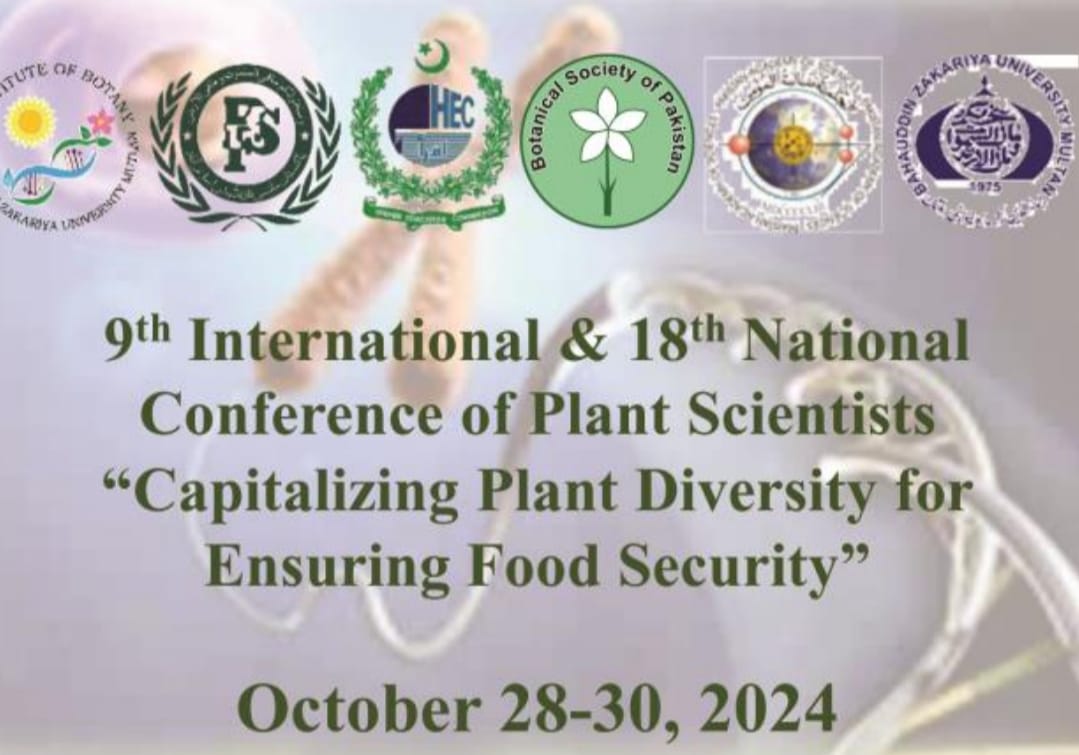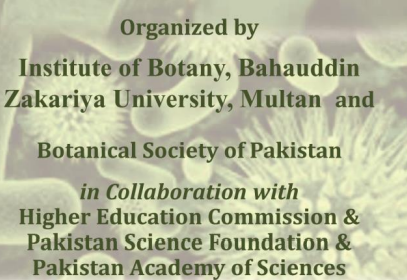-
-
-
-
-
-
-
-
-
-
-
-
-
-
-
-
-
-
-
-
-
-
-
-
-
-
-
-
-
-
-
-
-
-
-
-
-
LIXIN ZHANG1,2*, YOUYA ZHAI1 , YUNFEI LI3, YONGGUI ZHAO1, LIXIA LV3, MEI GAO1, JIANCHAO LIU1 AND JINJIANG HU1
EFFECTS OF NITROGEN FORMS AND DROUGHT STRESS ON GROWTH, PHOTOSYNTHESIS, AND SOME PHYSICO-CHEMICAL PROPERTIES OF STEM JUICE OF TWO MAIZE (ZEA MAYS L.) CULTIVARS AT ELONGATION STAGE
Download PDF
-
-
-
-
-
-
-
-
-
-
-
-


